
In the realm of modern renewable energy, wind turbines stand out as a prominent technology for harnessing the kinetic energy of the wind and converting it into electricity. Within this intricate and efficient system, gear reducers play an indispensable role, facilitating speed control and enhancing overall efficiency. This article delves into the application of gear reducers in wind turbines, exploring their critical functions in optimizing wind energy conversion.
1. Introduction: Energy Conversion in Wind Turbines
Wind turbines, designed to convert the kinetic energy of the wind into mechanical energy and, ultimately, electricity, are a cornerstone of modern renewable energy initiatives. The fundamental principle involves the rotation of turbine blades driven by the wind, and the rotating turbine, in turn, powers a generator to convert mechanical energy into electrical energy. In this process, the role of gear reducers becomes paramount.
2. Challenge of High-Speed Wind Conversion to Electricity
Turbine blades of wind turbines rotate at relatively high speeds when exposed to wind force. However, generators require lower rotational speeds to efficiently produce electricity. Therefore, a mechanical device is needed to adjust and reduce the rotational speed of the turbine to meet the operational requirements of the generator. This is precisely where gear reducers come into play.
3. Key Functions of Gear Reducers
One of the primary functions of gear reducers in wind turbines is to decrease the high-speed rotation of the turbine shaft to a level suitable for the generator. Through effective reduction, wind turbines can more efficiently convert wind energy into electricity, thereby improving the overall energy conversion efficiency of the system.
4. Advantages of Wind Energy Utilization
Wind turbines are highly favored due in part to their sustainability and environmentally friendly characteristics in energy conversion. The utilization of wind energy for electricity generation produces no carbon dioxide emissions, contributing positively to climate change mitigation and the achievement of clean energy goals.
5. Types and Selection of Gear Reducers
In wind turbines, the selection of gear reducers is crucial, as different types are suitable for turbines of varying sizes and power capacities. Common types of gear reducers include planetary gear reducers, worm gear reducers, among others. Choosing the appropriate gear reducer can maximize the efficiency and reliability of the system.
6. Enhancing System Reliability and Maintainability
Beyond adjusting rotational speed, gear reducers also contribute to improving the reliability and maintainability of the system. By reducing mechanical stress between the turbine and the generator, gear reducers help minimize equipment wear and the risk of damage, extending the lifespan of the equipment and reducing maintenance costs.
7. Technological Innovation and Future Developments
With technological advancements, both wind turbines and gear reducer technologies continue to evolve. Advanced materials and designs make gear reducers more compact, lightweight, and efficient. The application of intelligent monitoring and remote maintenance technologies further enhances the operational efficiency and manageability of the system.
8. Gear Reducers Driving Sustainable Wind Energy
In conclusion, gear reducers play a critical role in wind turbines, contributing to efficiency and stability by reducing rotational speeds and enhancing system reliability. As the demand for clean energy continues to rise, the progress in wind turbines and gear reducer technologies will continue to propel the sustainable development of wind energy, injecting new vitality into the future energy landscape.
 English
English Deutsch
Deutsch Русский
Русский Español
Español
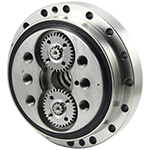
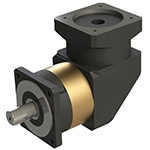
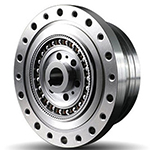
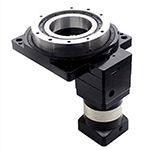
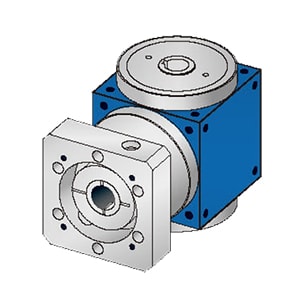
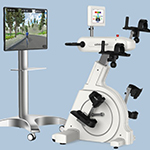
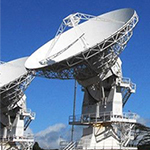
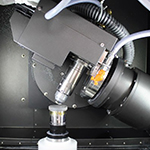
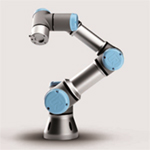
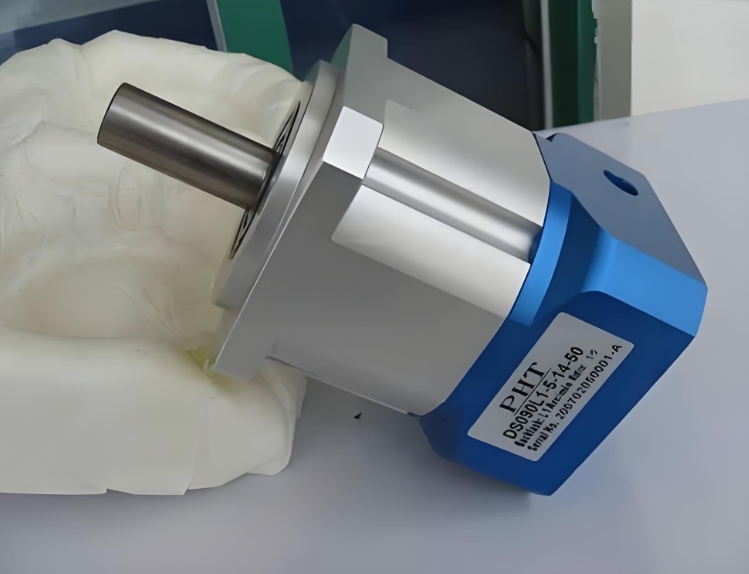
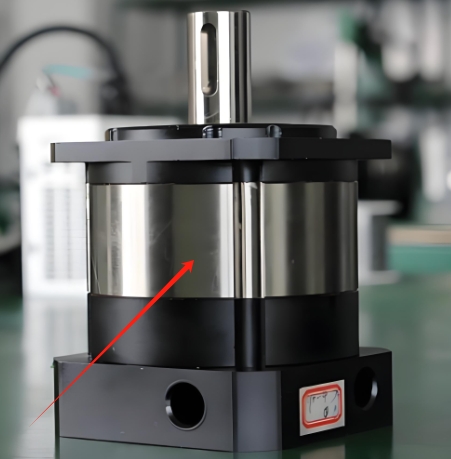
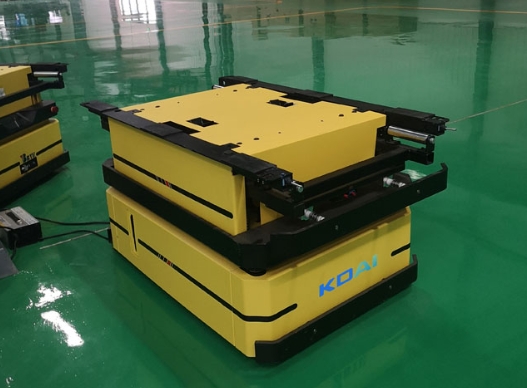
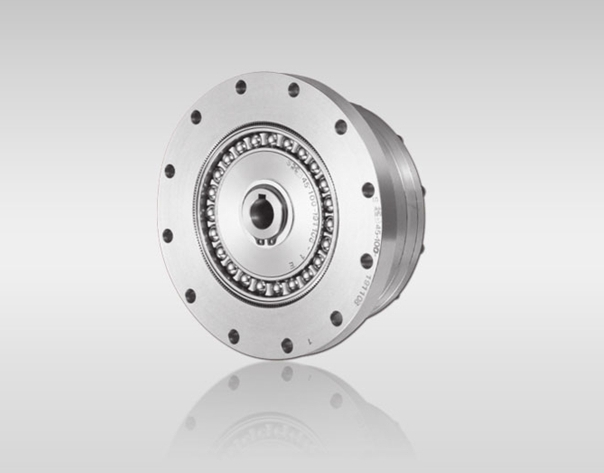
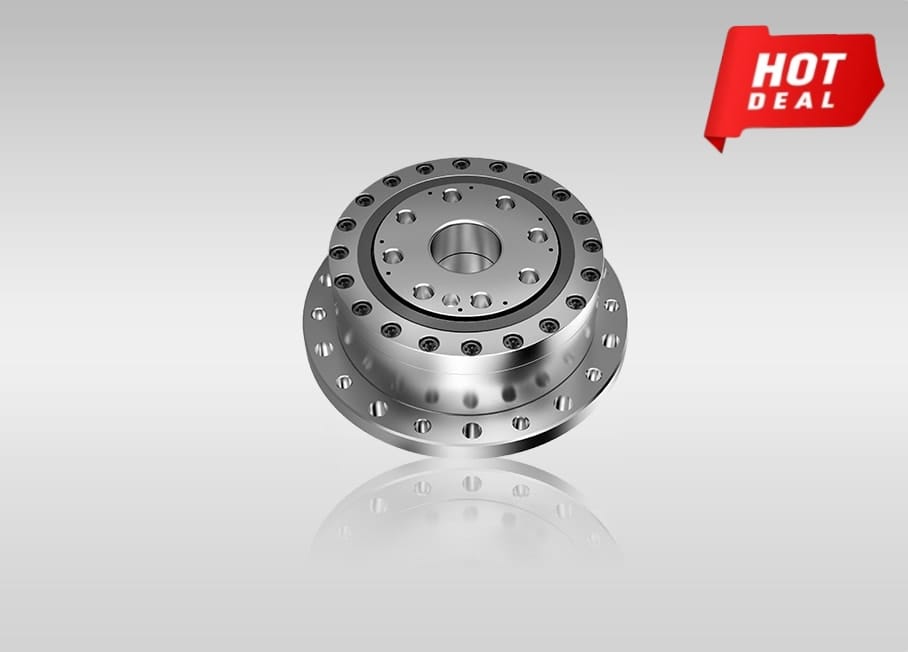
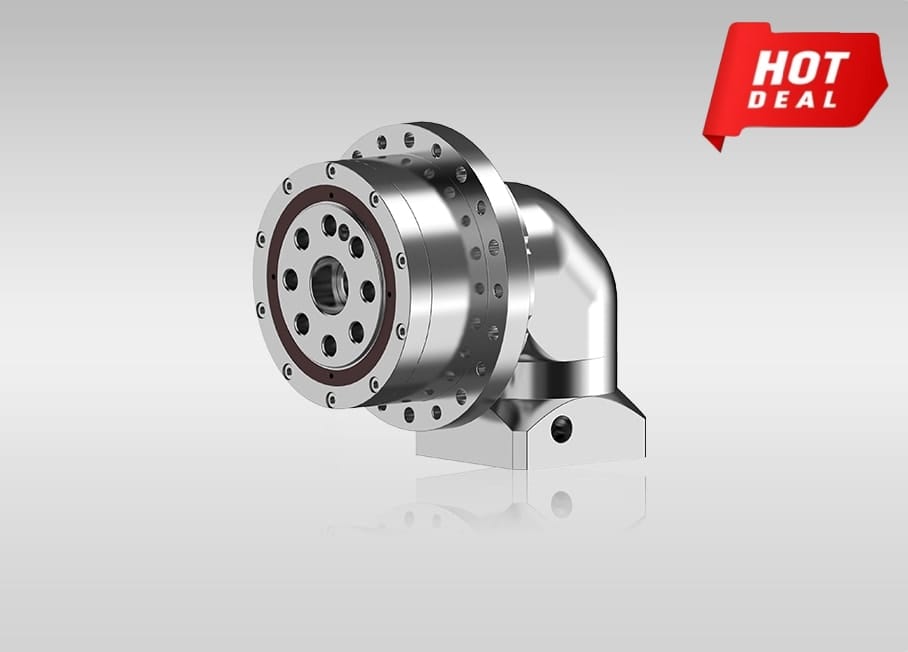
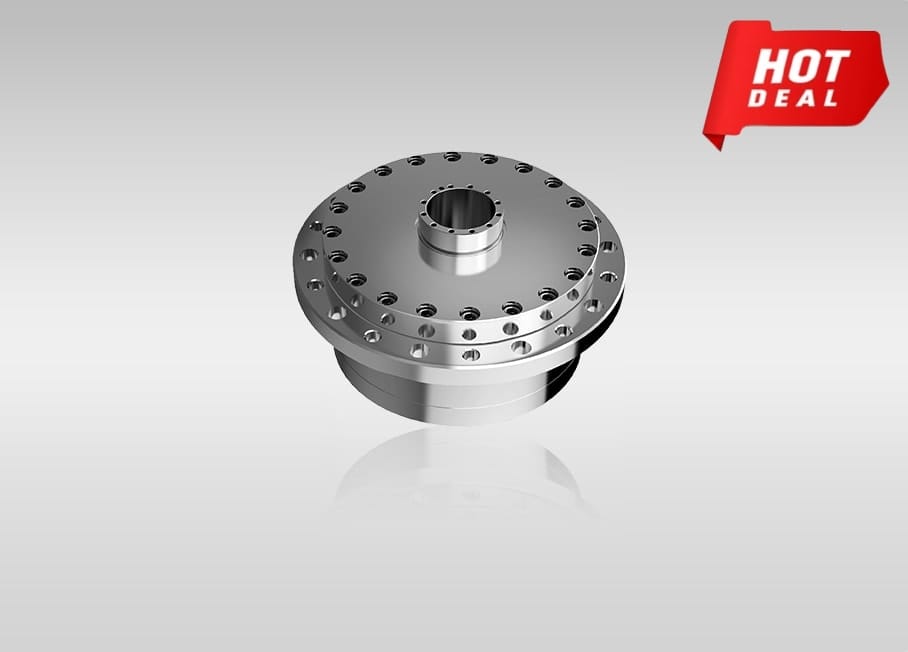
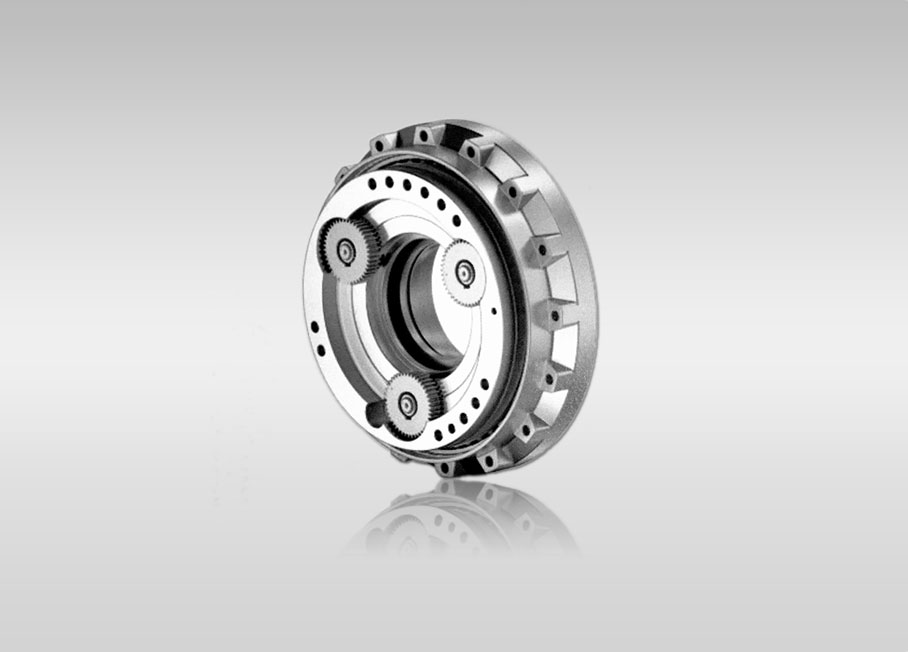
Quote Now